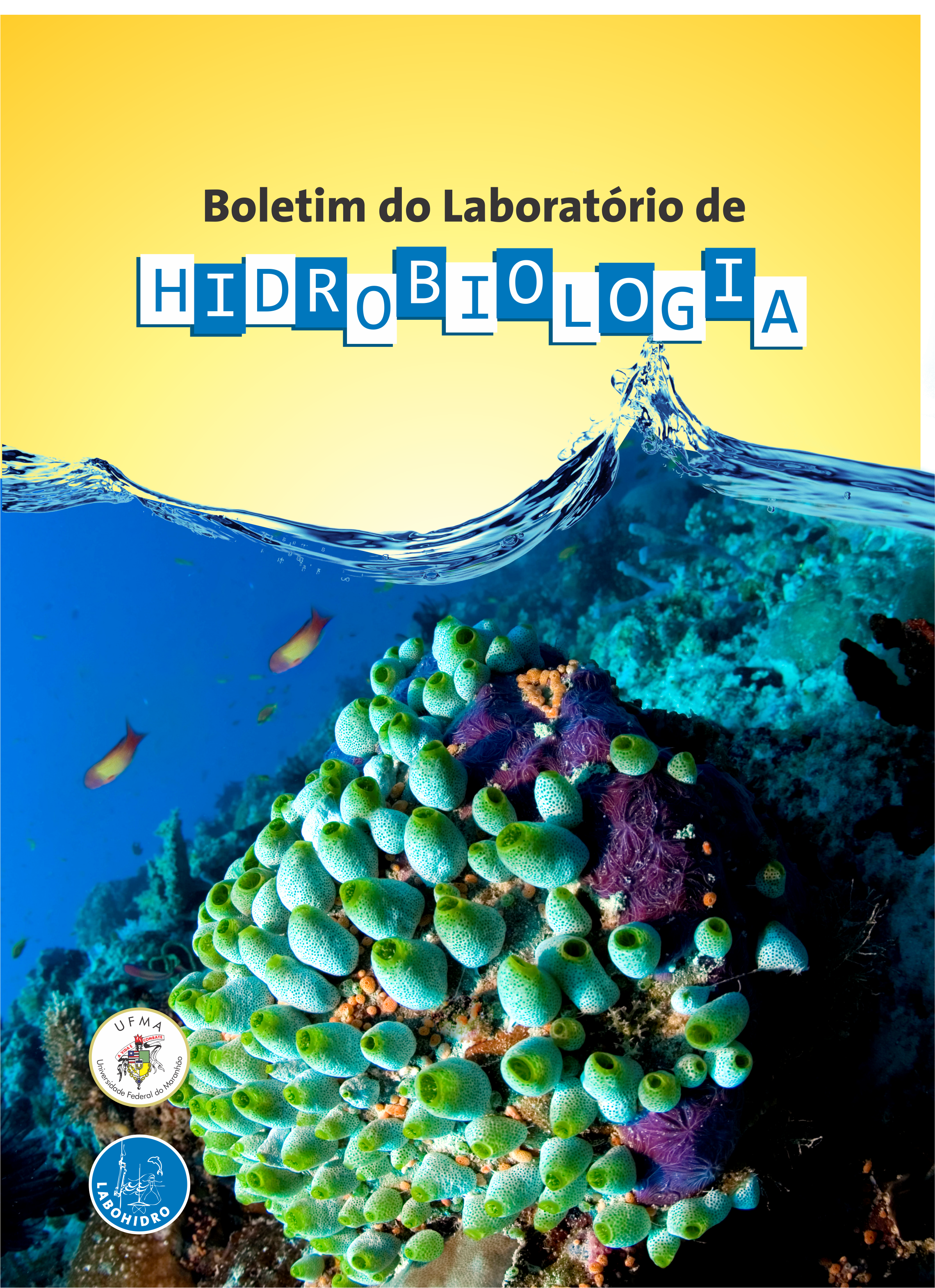BRIOPHYTES FROM THE TAPACURÁ ECOLOGICAL STATION, SÃO LOURENÇO DA MATA, PERNAMBUCO, BRAZIL
DOI:
https://doi.org/10.18764/1981-6421e2023.5Keywords:
Floristics, Diversity, SubstrateAbstract
This study addresses the diversity of bryophytes in the Tapacurá Ecological Station, located in São Lourenço da Mata, Pernambuco, Brazil. Bryophytes are nonvascular plants, including liverworts, mosses, and hornworts, which play an important role as bioindicators of environmental quality due to their sensitivity to environmental variations and dependence on external water. The research was conducted in October 2022, covering three fragments of the station: Mata do Camocim, Mata do Alto da Buchada, and Mata do Toró. Exploratory collections were carried out in the study area in October 2022 on all substrates favorable for the development of the group. All samples were georeferenced and identified with collector and substrate data to determine where the material was growing. Thirty-two species of bryophytes were identified, distributed across 26 genera and 13 families, including 17 mosses and 15 liverworts. This bryoflora represents 5% of the diversity of Pernambuco, and 9% of the Northeast. The Lejeuneaceae and Fissidentaceae families were the richest in species, with a focus on the genera Fissidens and Plagiochila. The Lejeuneaceae family is particularly representative in tropical forest environments and contributes significantly to bryophyte diversity in the region. Furthermore, 14 species were found as epiphytes, 10 as epixylous, 4 as epiphyllous, 4 as terricolous, and 4 as lithophytes. The predominance of epiphytes can be attributed to the abundance of trees that serve as substrates in forests. Most species were found on only one type of substrate, indicating high substrate specificity. This may result from the heterogeneity of environmental conditions in the Tapacurá Ecological Station, including variations in light, humidity, and temperature. The research concluded that the station, with an area of 330 hectares, harbors a significant diversity of bryophytes, representing a substantial part of the diversity of Pernambuco and the Northeast. However, over 90% of the species were found exclusively on one type of substrate, suggesting the need for future studies to better understand the factors related to the distribution of bryophytes in the region and their high substrate specificity. In summary, this study highlights the importance of bryophytes as bioindicators of environmental quality and provides valuable information on the diversity and distribution of these plants in the Tapacurá Ecological Station, contributing to the knowledge of bryophyte flora in the northeastern region of Brazil.
Downloads
References
SALDANHA, L, S. et al. (2018). Caracterização morfológica de briófitas no Município de Benjamin Constant-AM. Biota Amazônia, Amazonas, 8 (2), 48-52.
DANYAN, Su et al. (2021). Large-Scale Phylogenomic Analyses Reveal the Monophyly of Bryophytes and Neoproterozoic Origin of Land Plants, Molecular Biology and Evolution, 38 (8), 3332–3344.
HEIDTMANN, L. P. (2012). Florística e Ecologia de Briófitas em um Fragmento de Restinga no Extremo sul do Brasil. Tese (Mestrado em Biologia de Ambientes Aquáticos Continentais) - FURG, Rio Grande.
PAIVA, L, A. et al. (2015). Briófitas de um fragmento florestal urbano de Minas Gerais (Brasil). Pesquisas, Botânica. São Leopoldo, 67 (181), 1-19.
COSTA, D. P.; PONZO, A. P. (2010). Introdução: as briófitas do Brasil. In: FORZZA, RC., org., et al. Instituto de Pesquisas Jardim Botânico do Rio de Janeiro. Catálogo de plantas e fungos do Brasil [online]. Rio de Janeiro: Andrea Jakobsson Estúdio: Instituto de Pesquisa Jardim Botânico do Rio de Janeiro, 1, 61-68.
GARCÍA, L. M. (2018). Levantamento de briófitas e interações ecológicas em um remanescente da floresta atlântica no sudeste do Brasil. Tese (Mestrado em Botânica) - UFV, Viçosa.
MOURA, G. J. (2018). Contribuições para a gestão ambiental na Estação Ecológica do Tapacurá - Recife: Editora Universitária da UFRPE.
MELO, R. K. (2017). Estudo da biodiversidade como ferramenta de elaboração de um plano de manejo para reserva ecológica do tapacurá, pernambuco- brasil. 78 pág. (Mestrado em Gestão do Desenvolvimento Local Sustentável) UPE - Recife.
SILVA, M. I. (2002). Aspectos ecológicos de briófitas em áreas preservadas de mata atlântica, Tropical Bryology , Rio Janeiro, Brasil. 22, 77-102.
VITA, M, D. (2017). Desenvolvimento de técnicas de coleta e identificação de briófitas para discentes do IFSP- Campus Cubatão. In: Congresso de Inovação, Ciência e Tecnologia do IFSP, 8, Cubatão - SP. Congresso de Inovação, Ciência e Tecnologia do IFSP, 2-3.
Downloads
Published
How to Cite
Issue
Section
License
Copyright (c) 2024 Boletim do Laboratório de Hidrobiologia

This work is licensed under a Creative Commons Attribution 4.0 International License.






